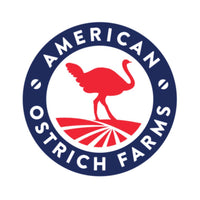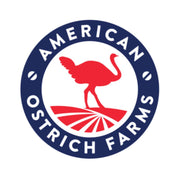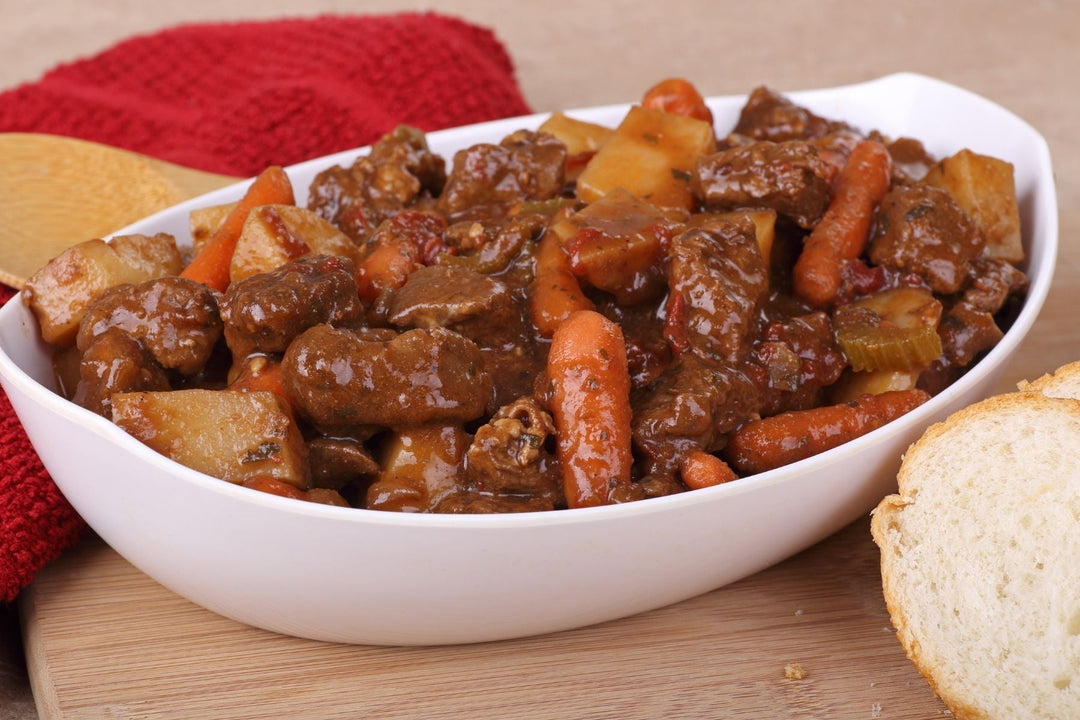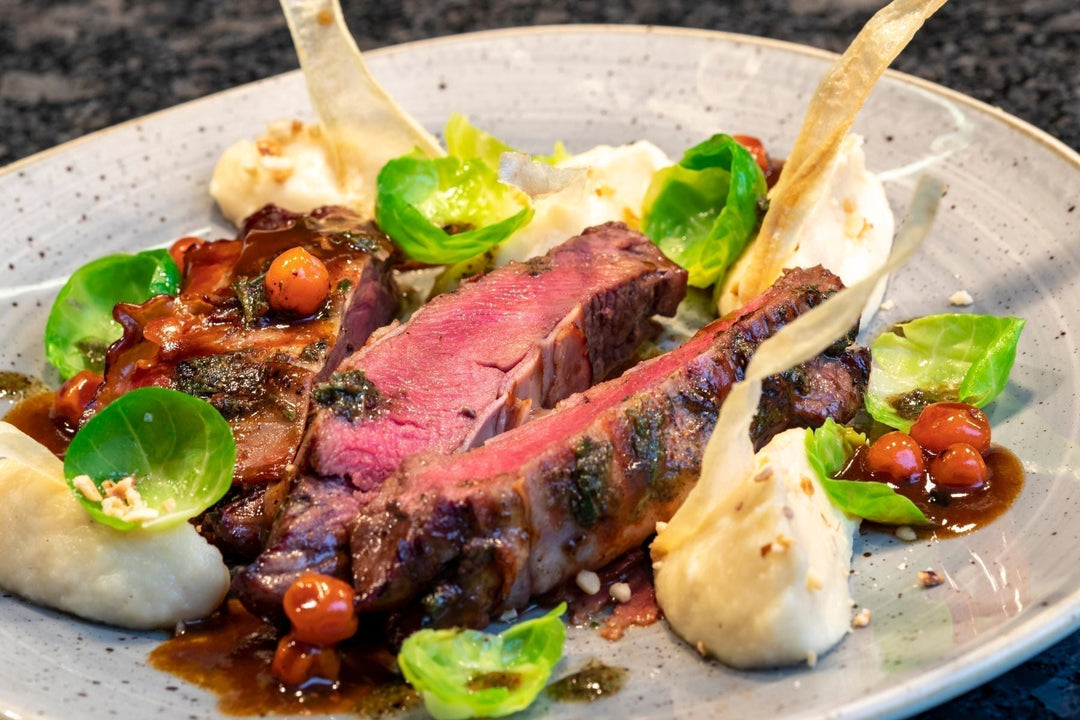As global markets face challenges like beef shortages, innovative food solutions are gaining attention. Yoshinoya, one of Japan’s largest fast-food chains, recently introduced ostrich meat to its menu, highlighting a broader trend toward diversifying protein sources. This move underscores the importance of exploring alternatives to traditional meats as part of a strategy to adapt to changing market conditions.
For a limited time, Yoshinoya offered an ostrich rice bowl at 400 locations, featuring ostrich thigh and fillet prepared similarly to roast beef. Priced at ¥1,683 (about $12), the dish was marketed as a response to fluctuating beef supplies and rising costs. According to Yoshinoya President Yasutaka Kawamura, diversifying protein offerings not only mitigates business risks but also ensures the company can maintain its core beef bowl offerings, demonstrating adaptability in today’s evolving food industry.
Ostrich meat offers several nutritional benefits, such as being lean yet flavorful, high in protein, and low in fat, appealing to health-conscious consumers. Additionally, ostriches are often considered more resource-efficient to raise compared to cattle, aligning with sustainability goals and the growing focus on reducing environmental impacts in food production.
Yoshinoya’s exploration of ostrich goes beyond food. The company has also ventured into skincare by introducing products featuring ostrich oil. This initiative reflects a broader effort to maximize the use of animal by-products and promote sustainable practices, contributing to a circular economy.
This experiment serves as an example for markets worldwide. For consumers curious about trying new protein options, ostrich meat represents an opportunity to diversify diets with a lean, nutritious alternative. As global demand for sustainable food options grows, the adoption of innovative protein sources like ostrich could help pave the way for a more resilient and environmentally conscious food system.
Sources:
Japan Today: "Yoshinoya expands into ostrich bowls for sustainable meat and cosmetics"
KYODO NEWS: "Ostrich endeavor ensuring Yoshinoya can meet demand for meat"
Japan Reference: "Yoshinoya introduces ostrich rice bowl to 400 outlets"
Bejing Times: "Yoshinoya Introduces Ostrich Meat To Tackle Beef Shortages in Japan"






